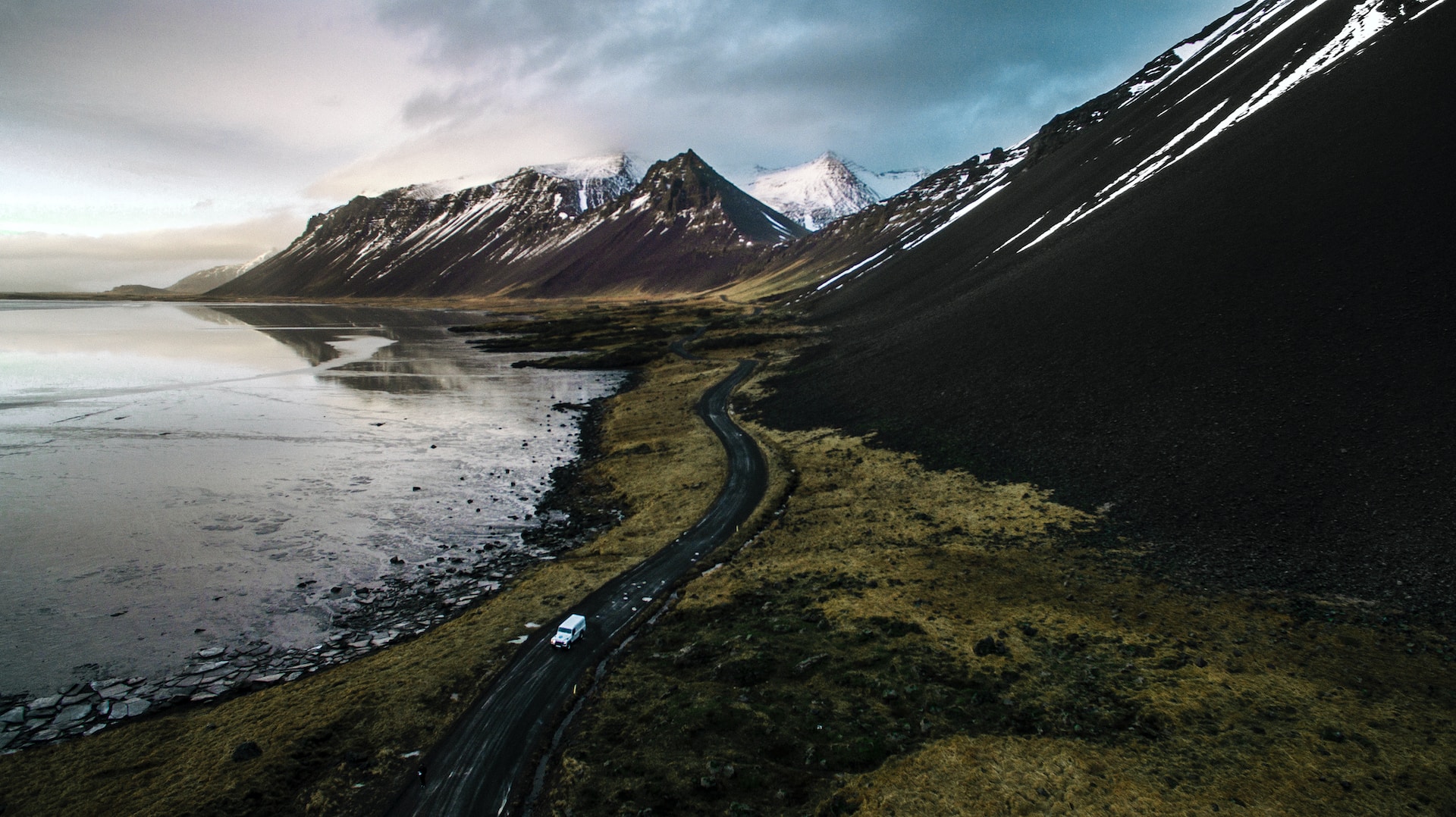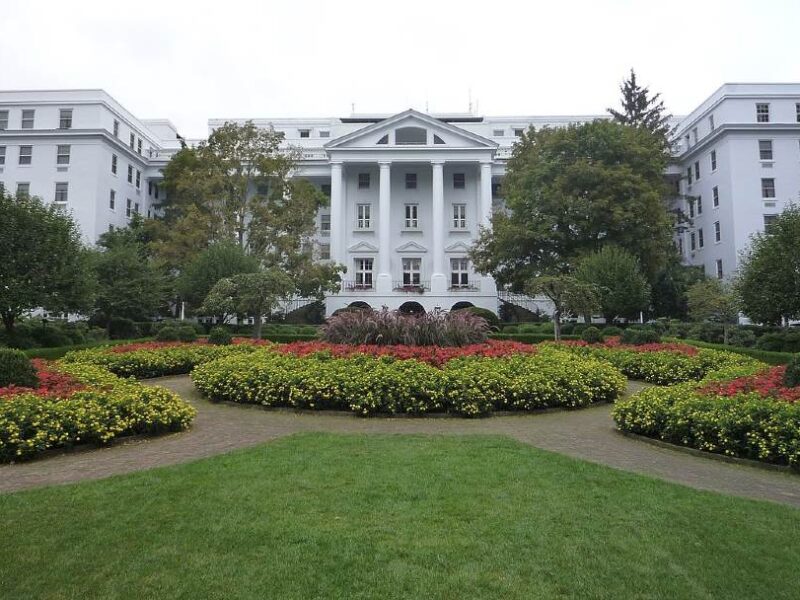Iceland is a Nordic island country, located in the North Atlantic Ocean. The country is known for its stunning natural beauty, with glaciers, hot springs, and volcanoes dotting its landscape. It is one of the most sparsely populated countries in Europe, with a population of just over 350,000 people.
Iceland is a popular tourist destination, and for good reason. The country has a lot to offer, from its vibrant culture to its spectacular scenery. Iceland’s volcanoes are one of the main attractions for visitors, and they offer a unique and memorable experience.
Best time to visit Iceland’s volcanoes
The best time to visit Iceland’s volcanoes is during the summer months, from June to August. The weather is mild, and the days are long, giving you plenty of time to explore. The winter months, from November to March, can be harsh, with short days and cold temperatures. However, if you are interested in seeing the Northern Lights, this is the best time to visit.
The recent eruption in Geldingadalir
The most recent volcano Iceland eruption occurred in March 2021, in the area of Geldingadalir. The eruption was small and was not considered dangerous, but it attracted a lot of attention from locals and tourists alike.
The eruption was unique in that it occurred in a fissure, rather than a traditional volcanic cone. This made it easier to observe and provided a unique opportunity for scientists to study the eruption.
Excursions and tours to explore Iceland’s volcanoes
There are several ways to explore Iceland’s volcanoes, from hiking to helicopter tours. One of the most popular ways is to take a guided tour. There are many tour companies that offer volcano tours, and they can provide you with a unique and informative experience.
A hiking tour is a great way to get up close and personal with Iceland’s volcanoes. There are several hiking trails that take you through the lava fields and up to the craters of active volcanoes. The tours are led by experienced guides who can provide you with information about the geology and history of the area.
For a more adventurous experience, you can take a helicopter tour. This will give you a bird’s eye view of Iceland’s volcanoes, and you will be able to see the landscape from a completely different perspective.
The volcanic landscape of Iceland
Iceland’s volcanic landscape is unique and awe-inspiring. The country is located on the Mid-Atlantic Ridge, where two tectonic plates are moving apart. This creates a lot of volcanic activity, with over 30 active volcanoes in the country.
The landscape is dominated by lava fields, which are the result of past volcanic eruptions. The lava fields are covered in moss, which gives them a surreal and otherworldly appearance. There are also many geothermal features in Iceland, such as hot springs and geysers.
Types of volcanoes in Iceland
There are several types of volcanoes in Iceland, including shield volcanoes, stratovolcanoes, and subglacial volcanoes. Shield volcanoes are the most common type and are characterized by their gently sloping sides. Stratovolcanoes are taller and steeper and are often associated with explosive eruptions.
Subglacial volcanoes are unique to Iceland and are located underneath glaciers. When these volcanoes erupt, they melt the ice, causing floods and lahars. This type of eruption can be very dangerous, and it is important to take safety precautions when visiting these areas.
The history of volcanic eruptions in Iceland
Iceland has a long history of volcanic activity, with eruptions occurring regularly throughout the country’s history. The most famous eruption in Icelandic history is the eruption of Laki in 1783. This eruption lasted for eight months and had a significant impact on the climate of Europe.
In recent times, the eruption of Eyjafjallajökull in 2010 gained worldwide attention. The eruption caused widespread disruption to air travel, and ash from the eruption was found as far away as Russia.
Safety measures for visiting Iceland’s volcanoes
Visiting Iceland’s volcanoes can be a thrilling experience, but it is important to take safety measures to ensure your wellbeing. When visiting active volcanoes, it is important to follow the advice of local authorities and tour guides. They will be able to provide you with information about any potential hazards and how to stay safe.
It is also important to dress appropriately for the weather and terrain. The weather in Iceland can be unpredictable, and it is important to have warm, waterproof clothing and sturdy footwear.
Other natural attractions in Iceland
Iceland has many other natural attractions, aside from its volcanoes. The country is home to many beautiful waterfalls, such as Gullfoss and Seljalandsfoss. There are also several glaciers that you can explore, such as Vatnajökull and Langjökull.
The Blue Lagoon is another popular attraction in Iceland. It is a geothermal spa located in a lava field and is known for its healing properties.
Conclusion
Iceland’s volcanoes are a unique and fascinating natural wonder. They offer visitors a chance to explore the beauty and power of nature. Whether you choose to hike through the lava fields or take a helicopter tour, a visit to Iceland’s volcanoes is sure to be a memorable experience. So, pack your bags and head to Iceland to explore the mystical beauty of its volcanoes.




